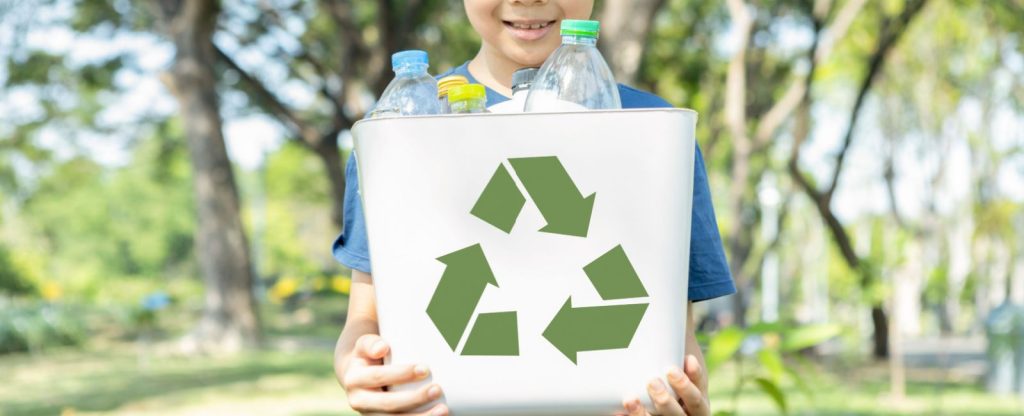Creating a sustainable home is not only beneficial for the environment but also contributes to a healthier and more harmonious living space. By adopting eco-friendly practices, you can reduce your carbon footprint, conserve resources, and promote a greener future for generations to come. Here are some tips to help you nurture a sustainable home:
- Conserve Energy:
- Energy-Efficient Lighting: Replace traditional incandescent bulbs with energy-efficient alternatives like LED or compact fluorescent lamps (CFLs). They consume less electricity, last longer, and emit less heat.
- Unplug and Power Down: Turn off lights and unplug electronics when not in use to reduce “vampire power” or standby power consumption.
- Embrace Natural Lighting: Make the most of natural light during the day by opening curtains or blinds. This minimizes the need for artificial lighting and reduces energy usage.
- Reduce Water Consumption:
- Fix Leaks and Drips: Regularly check for leaks in faucets, pipes, and toilets, and repair them promptly. Even small leaks can waste significant amounts of water over time.
- Water-Efficient Fixtures: Install low-flow showerheads, faucet aerators, and dual-flush toilets to minimize water usage without compromising functionality.
- Harvest Rainwater: Consider installing a rainwater harvesting system to collect and reuse rainwater for tasks like watering plants or cleaning.
- Practice Waste Reduction:
- Recycling and Composting: Set up a recycling station in your home and ensure proper separation of recyclables. Compost organic waste to divert it from landfills and create nutrient-rich soil for gardening.
- Choose Reusable: Opt for reusable alternatives like cloth bags, water bottles, and food containers instead of single-use plastics. Reduce paper waste by embracing digital documents and online transactions.
- Embrace Sustainable Materials and Furniture:
- Sustainable Flooring: Choose eco-friendly flooring options such as bamboo, cork, or reclaimed wood. These materials are renewable, durable, and add natural warmth to your home.
- Secondhand and Vintage: Consider purchasing secondhand or vintage furniture and decor items. They have already fulfilled their lifecycle, and reusing them helps reduce the demand for new products.
- Non-Toxic Paints and Finishes: When painting or refinishing, opt for low-VOC (Volatile Organic Compounds) or zero-VOC paints and finishes. These products have fewer harmful chemicals and are better for indoor air quality.
- Embrace Sustainable Landscaping:
- Native Plants: Choose native plant species for your garden, as they are adapted to the local climate and require less water and maintenance.
- Rainwater Management: Implement strategies like rain gardens, permeable paving, or water-efficient irrigation systems to manage rainwater runoff and promote water conservation in your landscape.
- Educate and Inspire:
- Share Your Knowledge: Educate your family, friends, and community about the importance of sustainable practices. Share tips and resources to inspire others to make greener choices in their homes and lifestyles.
- Lead by Example: Incorporate sustainable practices into your daily life and showcase how simple changes can make a significant impact. Encourage others to join you on the journey towards a more sustainable future.
Creating a sustainable home is a continuous process of learning, adapting, and making conscious choices. By nurturing a sustainable home, you contribute to a greener future and inspire positive change in the world. Together, we can create a more sustainable and harmonious planet for generations to come.




